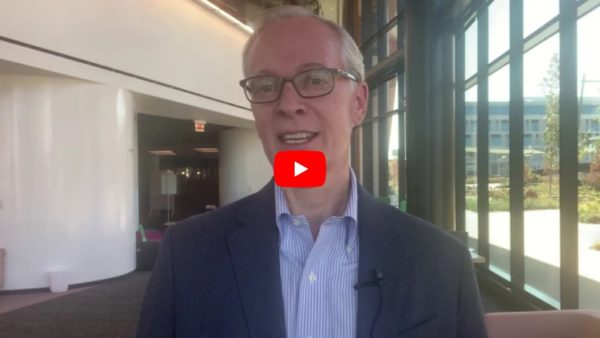
Many nurses are finding quitting isn’t all it’s cracked up to be
Among challenging workforce issues, how to retain nursing staff and reduce traveler/agency costs is at the top of most provider organizations’ agendas. Recent news may appear to signal welcome relief. While everyone talks about traveler pay, research is revealing there can be major downsides for nurses who chose this path, too. A recent survey conducted by nurse.org found the following key trends: 70% of travel nurses feel unappreciated 73% of travel nurses feel unsafe at work Travel nurses have felt more uncomfortable making decisions outside of their comfort zone/moral code in the past year than other nurses Agency/travel nurses were least likely to say “Nursing is a great career” In addition to these issues, the demand for travelers is falling. In Kaiser Health News, writer









